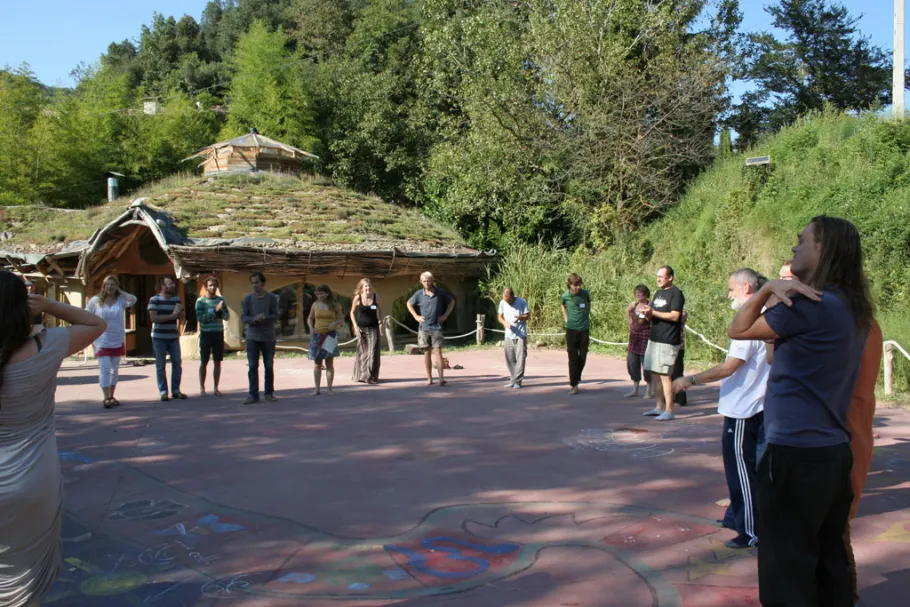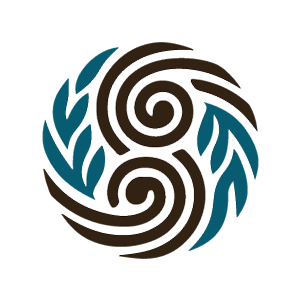
Silhouettes
Aims: Getting to know each other and creating a “gallery of heads” together (for decorating the rooms) Numbers: 10-30 participants in pairs Materials: Sheets of paper, cardboard, pencils, scissors, lamps (or candles) After a short introduction, silhouettes are made in pairs; the outline of the head of each person is copied and then cut out. Possibilities for continuation:
- The portraits are collected, mixed and redistributed. The participants are searching for their own heads, form new pairs and interview their partners by talking to the silhouettes.
- The portraits are put on the wall to form a gallery. The group tries to match the portrait to the person (possibly combined with a short introduction).
- During the course, or at the end, the silhouettes can be filled in with information (e.g. wishes for the person concerned or their answers to particular questions).
Coat of Arms
Aims: combining getting to know one other quickly with work together. Exploring ones’ own motivations with help of pre-defined questions, interests in the themes of the course and expectations of it. Numbers: 4-15 participants Length: 2 ½ -3 hours Materials: Placards, drawing paper, coloring boxes, water colors, colored pencils, was crayons, placard with questions and themes Participants start to draw/paint their personal coat of arms. Suggested questions/themes:
- Picture, symbol, subject: How do I see myself?
- Work, study…
- Personal interests, interest in the course theme/s
- Expectations of the course
- Dreams, wishes, utopias
A pleasant atmosphere for working together is created (by having background music and tea, coffee, chocolate, and etc.) People start drawing encouraged by the ambience and the teachers doing the same thing. At the end, each person presents her/his coat of arms to the group. Participants are encouraged to ask questions about them, although each person can decide what and how much they want to say. Remarks: It’s good to be pointed out in the introduction that the coat of arms doesn’t have to take a traditional form, it can be any shape the participant chooses. An alternative is for people to represent themselves in the form of a personal badge.
- Log in to post comments
